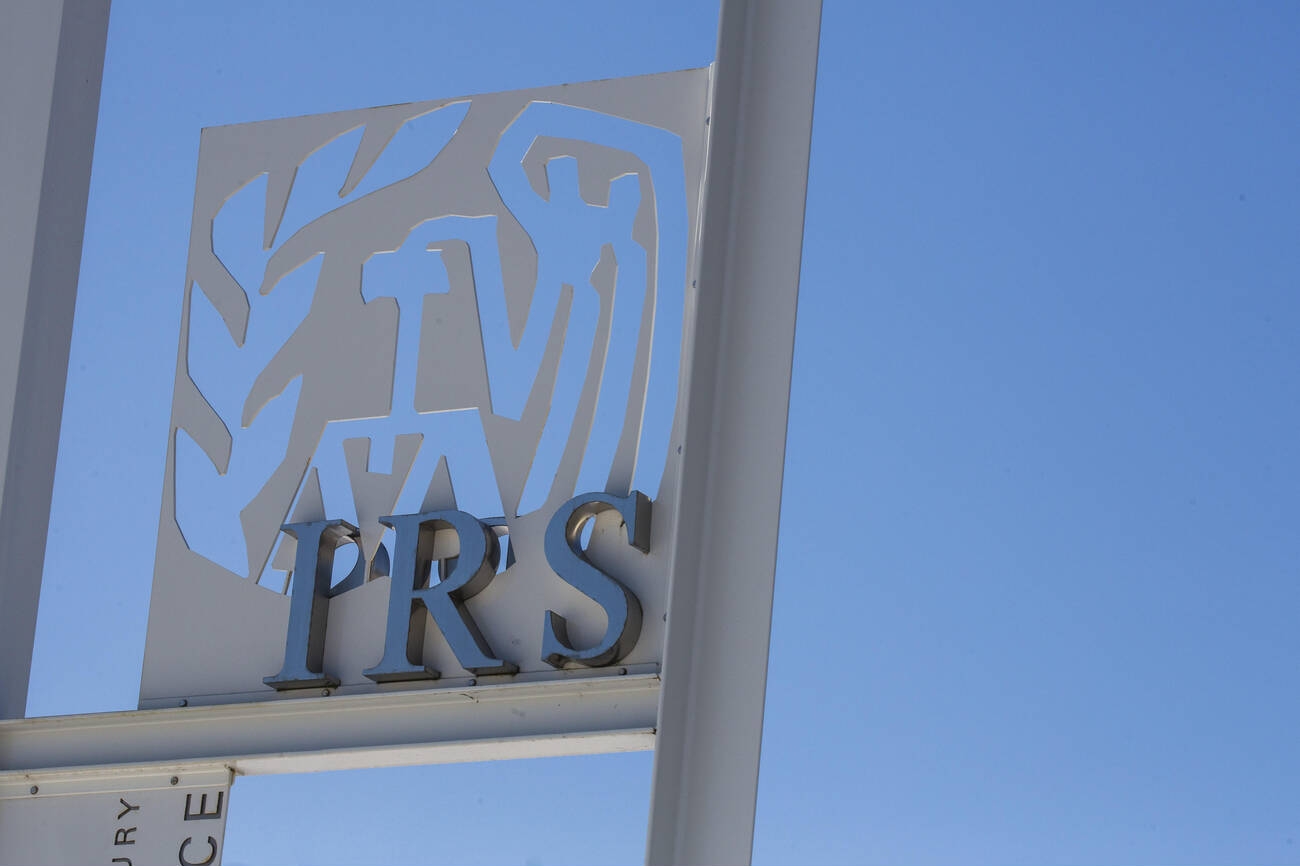Three Texas personal injury lawyers will have to pay up after a tax court decided yesterday that they invested hard-earned fees in tax shelters that couldn’t pass the Internal Revenue Service’s smell test.
What do you do when you get more than $1 million from winning a product liability case?
You look for ways to minimize the tax hit.
That’s what Larry Lawrence, Roberto Salazar and Ricardo Garcia were trying to do back in 2001. The three amigos practice personal injury law in the Rio Grande Valley in Texas. “The Valley,” as it is known to locals, is the four-county southernmost part of Texas.
The three lawyers represented clients injured in crashes caused by the failure of Firestone tires that had been subject to the big recall back in 2000. In 2001, each lawyer earned large fees from the Firestone product liability litigation. Lawrence got a fee of about $1 million, Salazar $1.5 million and Garcia $2.2 million.
In seeking to reduce their tax exposure, the three lawyers became acquainted with Joe Garza, a Dallas attorney with a reputation for aggressive tax planning. Garza sold Lawrence, Salazar and Garcia on a scheme to reduce their tax bills through complicated transactions involving offsetting bets on foreign currency.
Unfortunately, courts would later find that Garza’s scheme was simply a variant of the now notorious Son-of-BOSS deal using digital options and Canadian dollars.
According to the U.S. Tax Court, in order to sell the scheme, Garza told Lawrence, Garcia, and Salazar that the deal he was offering would give them a 30 to 40 percent chance of doubling their money. Moreover, the tax attorney told the three personal injury lawyers that, if the investments were structured carefully, they could take advantage of significant tax benefits.
Lawrence, Salazar and Garcia were sold on the plan. In addition to investing hard-won fees from the Firestone litigation, each lawyer paid Garza $95,000 for his services.
As recounted by the Tax Court, Garza’s plan involved six steps to accomplish the tax shelter’s objectives: (1) buy a foreign-currency call option (and sell an offsetting foreign-currency call option in the same currency to the same counterparty) and also Canadian dollars through a single-member LLC; (2) form a partnership with a third party or wholly owned LLC; (3) contribute the foreign currency options and Canadian dollars to the partnership; (4) recognize a gain or loss by the partnership when the options expired or were exercised; (5) terminate and liquidate the partnership; and (6) sell the Canadian dollars that the single-member LLC received from the partnership’s liquidation.
The IRS determined that the tax shelters that Garza created for his clients didn’t pass muster. The agency now seeks to recover underpayments of taxes attributable to adjustments of partnership items related to the tax shelters. (The exact amount that the IRS now seeks from each of the personal injury lawyers was not revealed.)
Yesterday, the U.S. Tax Court agreed with the IRS that the investment partnerships formed on behalf of the three Texas personal injury lawyers were simply for tax avoidance and could be disregarded. The court explained: Garza’s plan predetermined the mayfly-like lives of [the partnerships] from their hatching to their dispatching. And we also find there wasn’t a nontax need to form the partnerships to take advantage of any purported potential profits of investing in digital options and Canadian dollars. We therefore find that the only purpose for [the partnerships] was to carry out a tax-avoidance scheme. And we find Lawrence, Salazar, and Garcia never intended to run businesses under the umbrella of these entities, and will disregard [the partnerships] for tax purposes for this reason too.
In yesterday’s decision, the court was unsympathetic to the plight that Lawrence, Salazar and Garcia now find themselves in as a result of the failures of their tax shelters.
“Each of these lawyers was in the business of estimating risk and reward in evaluating every case he considered, but in this instance each sought refuge in a tax shelter whose builders used flawed designs and constructed it from bad materials that do not survive close inspection,” the court said. (6611, Ltd. v. Commissioner)
————-
© 2013 Dolan Media Newswires.
Thanks for reading CPA Practice Advisor!
Subscribe Already registered? Log In
Need more information? Read the FAQs
Tags: Income Tax, IRS, Taxes



